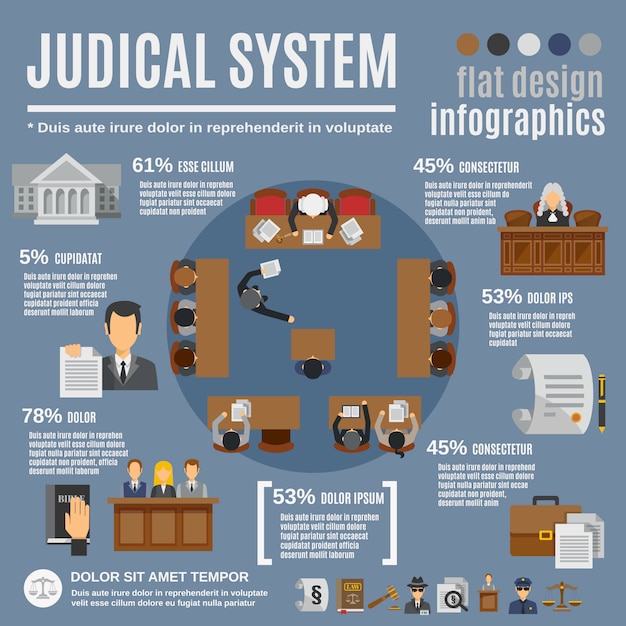The Criminal Trial Refine Explained: A Sequential Summary Of Each Step
The Criminal Trial Refine Explained: A Sequential Summary Of Each Step
Blog Article
Content Composed By-McLean Gill
When you enter a criminal test, you may be shocked by the organized procedure that unravels. All of it starts with jury selection, where possible jurors are looked at for predispositions via a technique called "voir dire." After that, both sides offer their opening statements, establishing the stage for the evidence and statements to follow. You'll see exactly how the prosecution and defense build their situations, yet what occurs next can significantly impact the outcome. Understanding these stages can expose the intricacies of justice, yet there's more to discover regarding the defining moments that follow.
Jury Choice Refine
When it pertains to the court selection process, you're diving right into a crucial phase of a criminal test. This procedure, often called "voir dire," includes questioning prospective jurors to guarantee they're honest and capable of supplying a fair decision.
You'll see both the prosecution and defense lawyer getting involved actively, each aiming to pick jurors who line up with their situation's story.
Throughout voir dire, you'll observe that lawyers ask concerns regarding jurors' backgrounds, ideas, and experiences. Their objective is to recognize any pre-existing biases that can affect a juror's choice. As a juror, you might really feel a mix of nervousness and interest, however your honesty is vital.
After questioning, attorneys can challenge details jurors for cause if they believe a juror can not remain objective. They can also make use of a limited variety of peremptory challenges to reject jurors without specifying a factor.
Test Phases Explained
The phases of a criminal trial play a crucial duty in making certain a reasonable and organized process.
You'll initially experience the opening statements, where both the prosecution and protection describe their cases. This establishes the stage of what's ahead.
Next off, the prosecution provides its evidence and witnesses, aiming to verify the accused's sense of guilt beyond a reasonable question. You'll see direct examination adhered to by cross-examination, enabling both sides to challenge the here and now details.
After the prosecution rests its situation, it's the protection's turn. They'll provide their proof and witnesses, frequently focusing on developing practical question. You'll discover that the defense does not need to verify virtue; they simply need to test the prosecution's situation.
Once both sides have actually presented their debates, you'll hear shutting statements, where each celebration summarizes their case. This is essential as it reinforces their settings prior to the jury deliberates.
Throughout these phases, the judge makes certain that the trial adheres to lawful criteria and that the rights of both events are shielded.
Understanding these phases will assist you appreciate the intricacies involved in a criminal test and the value of each action in the search of justice.
Verdict and Sentencing
After all evidence has actually existed and arguments made, the jury or court provides a verdict, determining the accused's guilt or innocence. If you become part of the jury, you'll mull over with your other jurors, going over the evidence and your perceptions. This procedure can take some time, as you'll intend to make sure everybody agrees on the decision based on the truths.
As soon as learn the facts here now is gotten to, it's announced in court. If the offender is found guilty, the following stage is punishing. This is when the judge makes a decision the ideal punishment. You might notice that numerous aspects influence the sentence, such as the extent of the criminal offense, the offender's previous document, and any type of mitigating scenarios.
The judge may enforce a variety of sentences, from fines and community service to imprisonment. Sometimes, the defense or prosecution can provide arguments concerning sentencing, trying to sway the court's decision.
If https://www.nytimes.com/2022/06/05/us/mongols-new-trial.html is found not guilty, they're acquitted, and no punishment adheres to. Keep in mind that a guilty verdict can often lead to charms, where the accused might test the verdict or the sentence enforced.
Conclusion
In a criminal trial, you've seen just how vital each step is, from jury option to the last judgment. You've complied with the prosecution and defense as they construct their cases, intending to convince the jury. When deliberation completes, the judgment identifies the end result, and if the defendant is condemned, the sentencing phase begins. Comprehending these procedures helps you value the complexities of the justice system and the value of each duty in guaranteeing a fair trial.
